Celebrating 100 years of Cannock Chase, its five million trees and hundreds of happy memories
After a seemingly never-ending round of discussions involving the highest levels of government, work finally began on a vast man-made forest to help create a sustainable future.
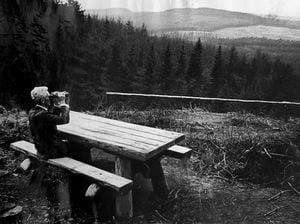
But this was not 2021, in the aftermath of protracted discussions at COP26 in Glasgow. It was 1921, on Cannock Chase. It is 100 years since a group of unemployed miners began planting Scots pine saplings around Pottal Pool in 1921.
And Alastair Semple, who has worked on the Chase for 20 of those years, says many of the trees planted 100 years ago are still on the site today, although somewhat broader of trunk. For him, life is all about planning ahead, with an eye very much on the next 100 years. And climate change is never far from his thoughts.
"In the pine forests, some of the trees are mature after about 50 years, but for the commercial timber many of the broad-leaved trees are not ready until after 90 to 110 years," he says.
“We’re not planting trees for the climate that we live in now, we’re predicting what it will be like in 2080, and looking for the sort of trees that will be best suited to the climate then.
"We are now trying to source trees from two to five degrees south of our region that will be better suited to our future climate.
"Without assisted migration our woodland ecosystems will not be able to change quickly enough to cope with the rapid change in weather patterns."
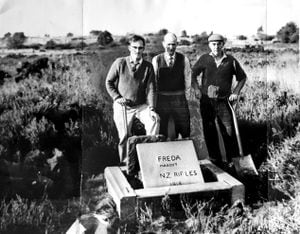
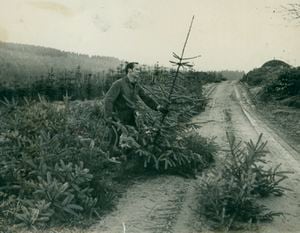
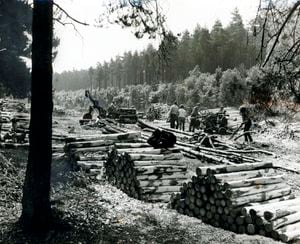
Today, there are more than five million trees, covering an area of 6,500 acres at the man-made forest around Cannock Chase. But the basic aims, of providing sustainable supplies of timber while preserving one of the West Midlands' best wildlife habitats and maintaining an attractive site for visitors, remain unchanged.
Alastair says the biggest change over the past decade has been the effect of disease on the health of the forest.
"Corsican pine which dominates the forest is infected with a fungus that turns the needles red before they die and fall off," he says.
"Visitors will see we are now felling strips within the pine forest and replanting these as quickly as possible to try to establish a new forest before the pine trees die.
"This will help ensure there is some woodland cover and shelter for all the wildlife.
"Ash and larch are also now under attack from different diseases but luckily there is only a small proportion on Cannock Chase."
Last year Forestry England planted 32 new species of conifers and 36 new broad-leaved species which its hoped will be more resilient to the many pests and diseases now affecting the Britain's woodlands.
Yet the Chase and its associated animal and plant communities are part of an historic landscape dating back thousands of years.
The wild fallow deer which roam the Chase today are thought to be descended from the original herd introduced in Norman times for hunting purposes.
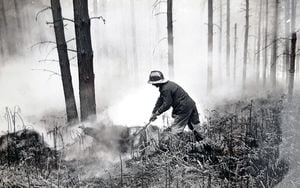
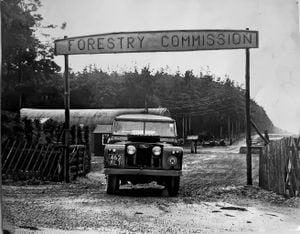
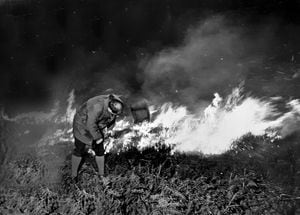
The Chase as a whole, which covers 26 square miles in total, is the largest surviving area of lowland heath in the Midlands. It was designated an Area of Outstanding Natural Beauty in 1958, and is home to a number of rare and endangered birds, not least migrant nightjars. A feeding station at the Marquis Drive Visitors’ Centre, sponsored by the West Midland Bird Club, attracts many species, including bramblings, yellowhammers and bullfinches.
The management of the forest has changed over the years in recognition of the Chase’s role as a centre for wildlife. “The forested areas and the layout of the trees tends to be more staggered, instead of having square management blocks like we had in the 40s and 50s,” says Alastair.
“Instead of having straight edges, we have more shaped edges, this not only softens the appearance, it helps to encourage more wildlife.
“We now have wider paths around the forest, and that encourages the animals to move around gradually, rather than be concentrated in one pocket, which is better from the point of view of encouraging them to breed.”
In the 1920s and 30s, Pottal Pool was a popular destination for visitors, wanting to make use of the boating lake or take a dip in the lido. Quarrying took its toll on the landscape as the century progressed. But in more recent years the Chase has become hugely popular as a concert venue. In 2006, Birches Valley hosted its first major music event, with rock band Embrace entertaining thousands of fans –despite objections from local residents. Over the years that followed, Status Quo, Sophie Ellis-Bextor, Simply Red and Erasure have all performed on the Chase – with Keane and Rag 'n' Bone man lined up for next year.
Cycling is another activity which has become increasingly popular over the past few decades, with the Chase having been selected as the venue for mountain-bike events at next year's Commonwealth Games.
And Alastair says the number of visitors has increased massively in recent years.
“Twenty years ago, the car park I can see from my window was never full, now it’s jam-packed every day," he says. “Mountain bikes have seen massive growth. In the 1980s, all you would only have seen the odd forestry worker riding around on his bike." Today there are 25 miles of track specially designed for mountain bikers, a major factor in the site's selection as host for the mountain-biking events in the 2022 Commonwealth Games.


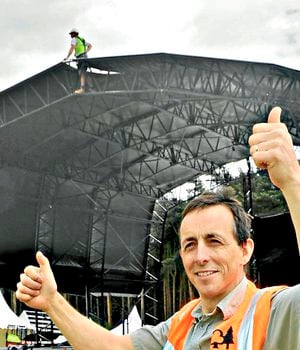
Yet while most people know the Chase as a site for recreation and leisure, Alastair says it is important to recognise the role it plays in supporting the economy. Not only does it produce more than 565,000 sq ft of timber each year, it also supports numerous local businesses which cater for the millions of visitors to the site each year.
In days gone by the timber from the forest would have been used to make support posts for the many collieries in the region; today it is more likely to be used in the manufacturing industry.
Alastair says timber has a huge role to play in the economy, both locally and nationally.
“Timber is one of the biggest imports to the UK, billions are spent every year, money that goes into other countries’ pockets, reducing our ability to become truly carbon neutral,” he says.





